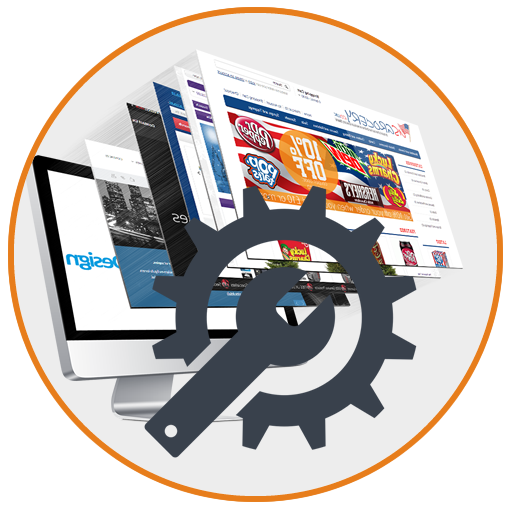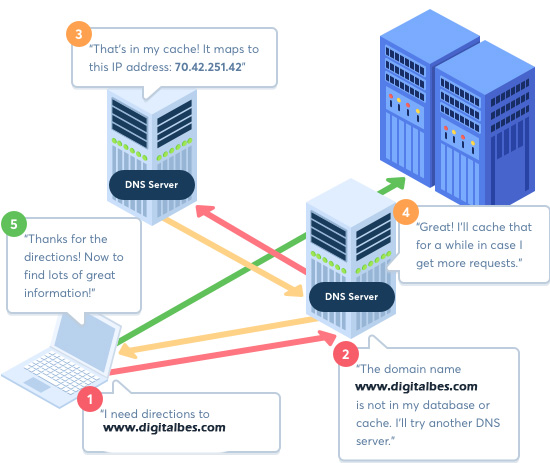Domain Name Registration
In other for you to run your business website online, you name a domain name registration services, that is the first place to start from. Find popular top-level domains at unmissable prices
Give your domain a boost
Now you’ve secured your dream domain name, check out these...

This hosting is good for basic website.
- One Website
- Free Domain Name
- Web Space: 6GB
- Bandwidth: 30GB
- 12 Subdomains
- 2 Domain Addon
- Unlimited Email Accounts
- Unlimited MySQL Databases
- cPanel Control Panel
- Free Daily Backups
- Search Engine Optimization
- Free Setup
- Free SSL Certificate
- Advanced Security Features
- Website Builder
- 24/7/365 Support
- 99.9% Uptime Guarantee
- 30 Day Money Back Guarantee

This hosting is for business website, it has more storage, bandwidth and resources.
- Upto 3 Websites
- Free Domain
- Web Space: 13GB
- Bandwidth: 45GB
- 20 Subdomains
- 3 Domains Addon
- Unlimited Email Account
- Unlimited MySQL Databases
- cPanel
- Free SSL Certificate
- Free Daily Backups
- Search Engine Optimization
- Free Setup
- Advanced Security Features
- Website Builder
- 99.9% Uptime Guarantee
- 24/7/365 Support
- 30 Day Money Back Guarantee

This package is great for both personal and business website and also has great resources.
- Multiple Websites
- Free Domain
- Web Space: 25GB
- Bandwidth: Unmetered
- Email Accounts: Unlimited
- Unlimited MySQL Databases
- cPanel
- Free Daily Backups
- Search Engine Optimization
- Free Setup
- Free SSL Certificate
- Advanced Security Features
- Website Builder
- 24/7/365 Support
- 99.9% Uptime Guarantee
- 30 Day Money Back Guarantee
3 Reasons to Choose Our Domain Name Registration

Popular domains
at competitive prices
Use our domain price search tool and save money.

Free products and services
when you register
Free Privacy Protection for life and so much more.

Easy set-up
and helpful guidance
Expert help and advice, whenever you need it.
10-Tips of Chosen a Great Domain Name
These are the 10-Tips of chosen a great domain name for your business.
- Stick with .com
- Use keywords in your
- Domain name search
- Keep your domain name short
- Make it easy to pronounce and spell
- Keep it unique and brandable
- Avoid hyphens in domain name
- Avoid double letters
- Leave room to expand
- Use domain generators for clever ideas
Some Helpful Questions and Answers
Domain name is the address of your website that people type in the browser URL bar to visit your website.
In simple terms, if your website was a house, then your domain name will be its address.
A more detailed explanation:
The Internet is a giant network of computers connected to each other through a global network of cables. Each computer on this network can communicate with other computers.
To identify them, each computer is assigned an IP address. It is a series of numbers that identify a particular computer on the internet. A typical IP address looks like this:
66.249.66.1
Now an IP address like this is quite difficult to remember. Imagine if you had to use such numbers to visit your favorite websites.
Domain names were invented to solve this problem.
Now if you want to visit a website, then you don’t need to enter a long string of numbers. Instead, you can visit it by typing an easy to remember domain name in your browser’s address bar. For example, digitalbes.com.

Top-Level Domains (TLDs): Each website’s URL can be broken down into different parts. Top-Level Domains (TLDs), sometimes called domain name extensions, are the part that comes right after your primary domain name (for instance, the .com in www.digitalbes.com).
Country Code Top-Level Domain (ccTLD): There are actually multiple types of TLDs. For instance, Country Code Top-Level Domains (ccTLDs) are restricted to use in specific countries.
Consider Ireland, for example. Its ccTLD is .ie and is one of the safest to use. Other examples are the UK (.co.uk), Canada with .ca, Nigeria (.com.ng, .ng ) and even the USA with .us. These can all be great options if the .com version of the domain you had set your heart on has already been taken.
Generic Top-Level Domain (gTLD): Up next are Generic Top-Level Domains (gTLDs). In fact, you already know what these are, even if you’ve never heard the term. These are the old stalwart domains that we are all accustomed to seeing, such as .com, .edu, .info, .org, and .net.
Second-Level Domain (SLD): At this point, we’ve covered the TLD section of your site’s domain name. However, what about the rest of the URL? That’s where Second-Level Domains (SLDs) come into play.
Let’s look back at our URL as an example: www.digitalbes.com. As we’ve seen, .com is the TLD. The SLD is what immediately precedes it, which in this case is “digitalbes”.
Third-Level Domain: We’ve now looked at two of the three main parts in any domain name. The last is appropriately known as the third-level domain (not to be confused with the top-level domain).
As we’ve discussed, within www.digitalbes.com the TLD is .com, and the SLD is digitalbes. That leaves us with the third-level domain, or the www section.
Premium Domain: Sometimes when you’re looking for a domain name, you’ll find that the one you want is already taken. That means it’s a premium domain — a domain that someone else owns.
DNS stands for “Domain Name System”. It’s a system that lets you connect to websites by matching human-readable domain names (like digitalbes.com) with the unique ID of the server where a website is stored.
Think of the DNS system as the internet’s phonebook. It lists domain names with their corresponding identifiers called IP addresses, instead of listing people’s names with their phone numbers. When a user enters a domain name like digitalbes.com on their device, it looks up the IP address and connects them to the physical location where that website is stored.
